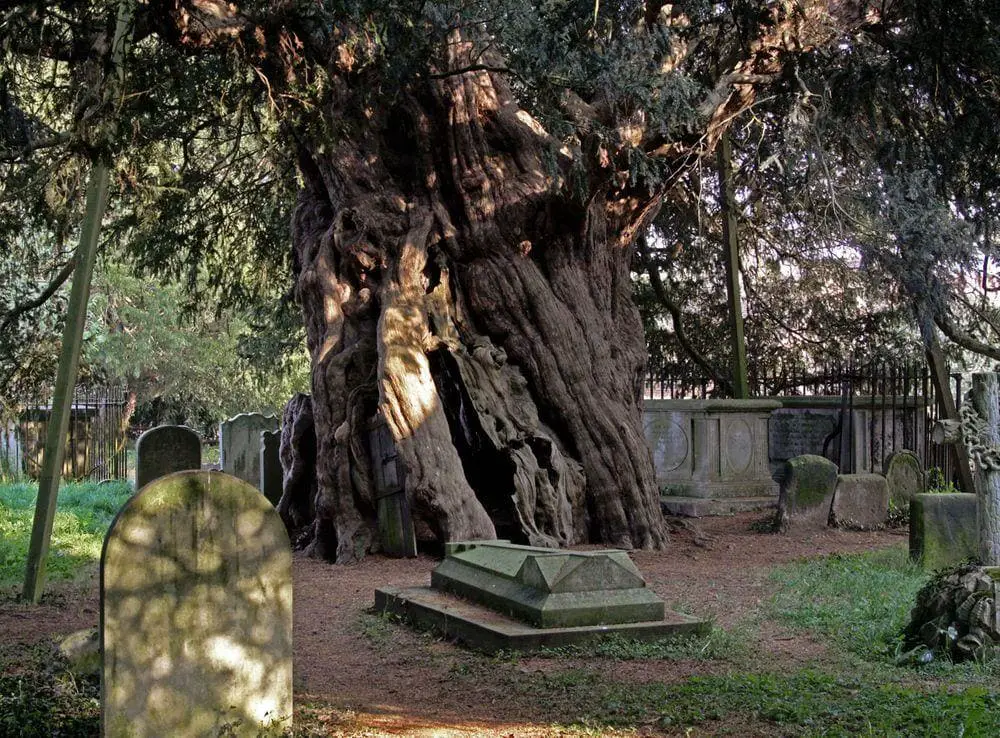World 🢖 Europe 🢖 United Kingdom 🢖 England 🢖 Somerset
Wonder
Ashbrittle Yew
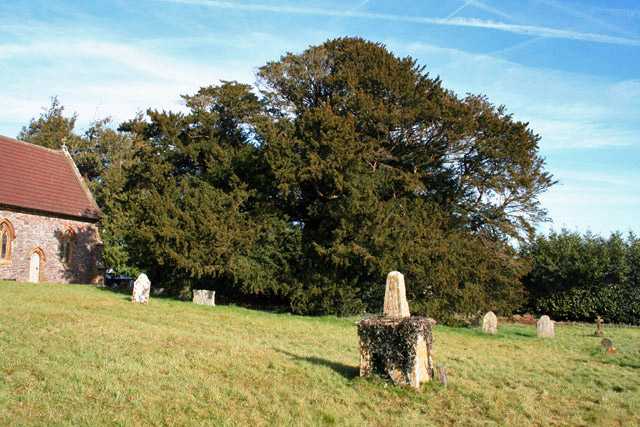
 In short
In short
There is a beautiful and legendary tree in the small Ashbrittle village – the Ashbrittle Yew. This tree now has a group of seven trunks that have a joint circumference of 12.17 m.
 38.8%
38.8%
GPS coordinates
Location, address
Species
Circumference
Map of the site
If you see this after your page is loaded completely, leafletJS files are missing.
 In detail
In detail
The tree stands next to the church of St. John The Baptist. The church is built in the 15th century and without a doubt, it is an old building – but the church was built when the yew was already a giant tree!
Long ago the trunk of the tree became hollow and then the giant trunk fragmented. Now Ashbrittle yew looks like a group of several trees consisting of a central, hollowed stem (circumference – 4.9 m) with 6 other stems. The girth of the whole group of tree stems at the ground level (where is the minimal circumference) is 12.17 m (October 2015). The tree has an enormous canopy.
Legends
Although there is no way to prove it, many believe that the tree is more than 2,000 years old or even 3,000 years old. Local stories go further than this: legends tell that the tree grows on a Bronze Age barrow where has been buried important local chief. Even more: there reportedly was a druidic circle next to the tree (where the church stands now) where heads of the defeated Roman soldiers were brought.
References
- Stonehenge Riverside Project. Accessed on March 20, 2011
- Yew/Yews at Ashbrittle England, Ancient Yew Group. Accessed on December 28, 2022
Ashbrittle Yew is included in the following article:
 Linked articles
Linked articles
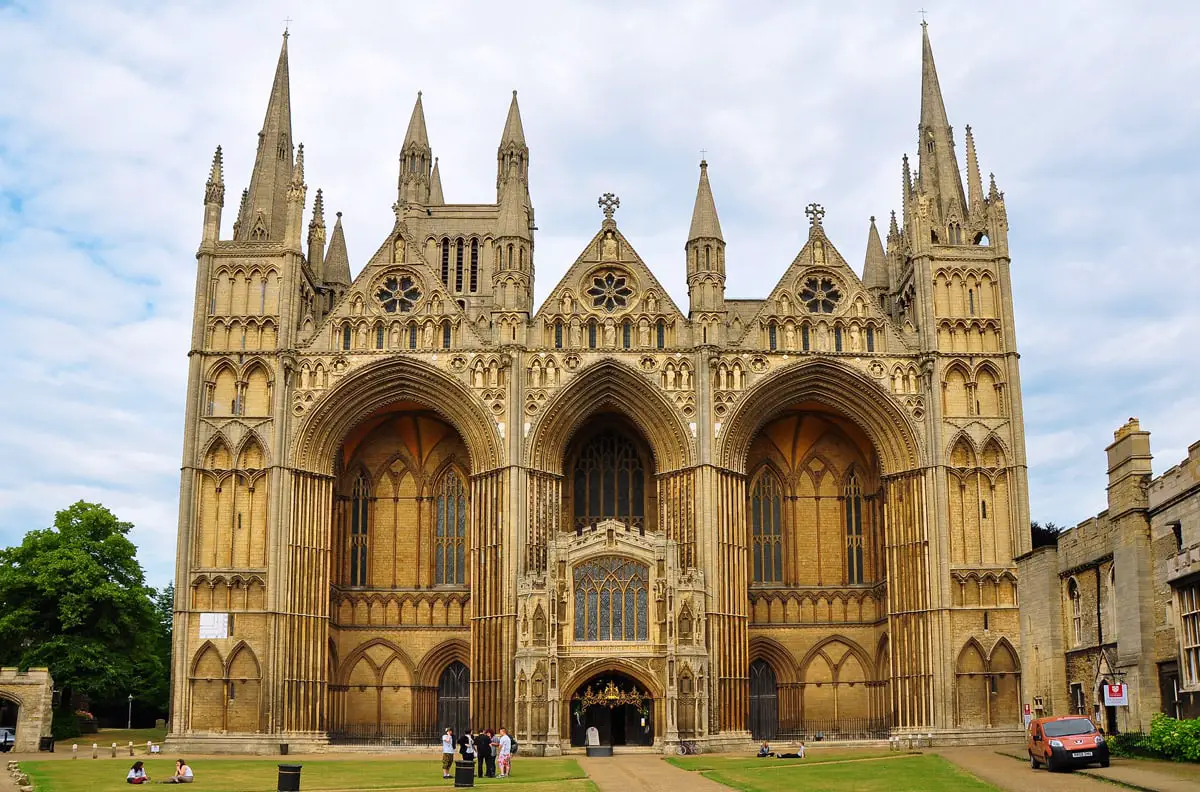
Wonders of Somerset
Somerset is very rich in cultural heritage and here it is not that easy to make a shortlist of the most outstanding landmarks. Highlights of Somerset are churches, late medieval and Renaissance manor houses, and the exciting Cheddar Gorge and caves in Mendip Hills.
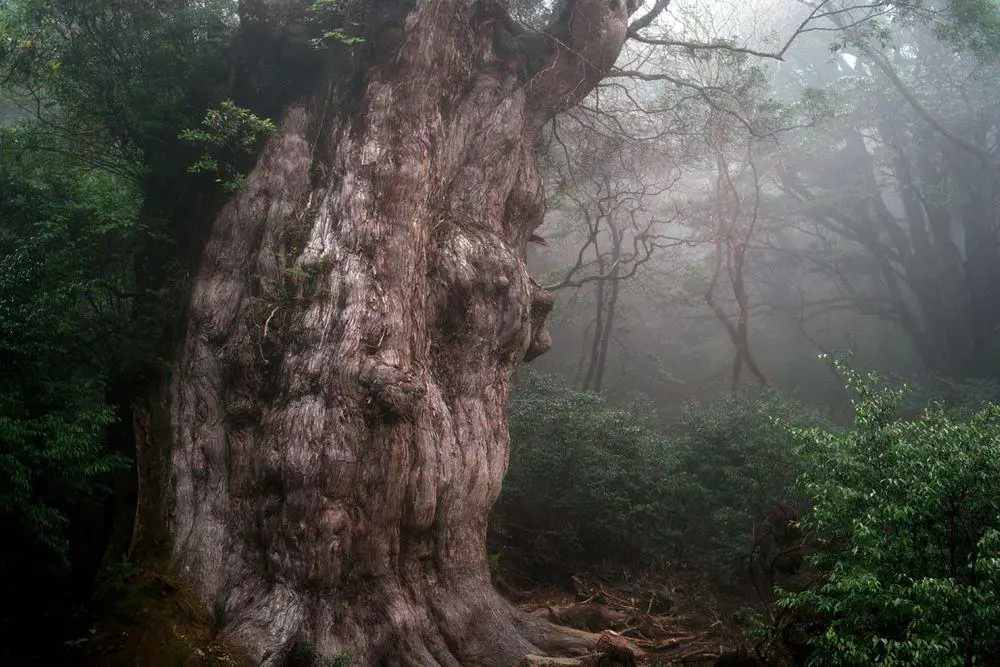
Trees
The category includes some of the most impressive and interesting separate trees in the world. The total number of tree species in the world still is a wild guess – maybe 10,000 and maybe 100,000 but most likely somewhere in between. Every month there are reported new tree species from the whole world, including Western Europe.
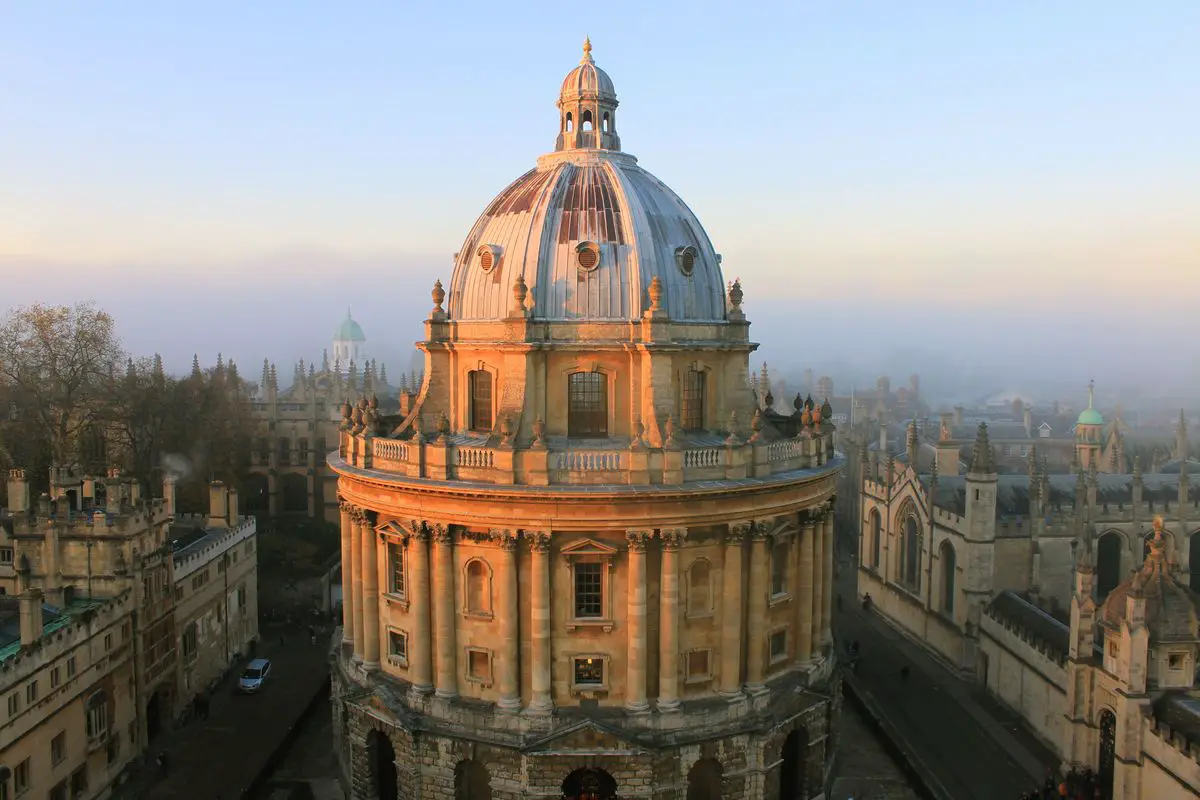
Wonders of England
The natural and cultural wonders of England are very diverse and here are found some of the world’s most impressive landmarks in several categories, such as churches and museums.
 Recommended books
Recommended books
Yew: A History
The yew is one of the most fascinating and versatile life forms on Earth, botanically rich and intriguing, and culturally almost without comparison. This impressive study of the yew reveals that in history, mythology, religion, folklore, medicine, and warfare, the yew bears timeless witness to a deep relationship with mankind. It is the tree that Darwin often rested beneath and under which he wanted to be buried.
The Ancient Yew: A History of Taxus baccata
The gnarled, immutable yew tree is one of the most evocative sights in the British and Irish language, an evergreen impression of immortality, the tree that provides a living botanical link between our own landscapes and those of the distant past. This book tells the extraordinary story of the yew’s role in the landscape through the millennia, and makes a convincing case for the origins of many of the oldest trees, as markers of the holy places founded by Celtic saints in the early medieval ‘Dark Ages’.

